In case you've missed the recent craze about grass-fed beef, we're here to give you the scoop on the benefits of grass fed beef. To give us a hand, we enlisted the knowledge of the experts at Greensbury Market. Greensbury Market is a delivery service for grass-fed beef, organic meat, and wild seafood. Over the past decade, they have hand-picked quality products from the best U.S. organic farms, ranches, and fisheries.
Grain Fed vs. Grass Fed Beef
In the years after World War II, the world economy was booming and industries had to work to keep up with skyrocketing consumer demand. The focus was on productivity, and the United States’ agricultural sector, in particular, was greatly affected by the development of new technologies to increase output. It was in the 1950s that beef surpassed pork as the most consumed meat in the U.S., and the beef industry had to find new ways to meet that demand. It was found that a corn-based diet fattened the cattle more quickly and the resulting meat was of higher quality than that of grass-fed cattle, which was a great benefit to the cattle industry, as cattle fed on corn did not require large tracts of land for grazing and they could be fed corn year-round. By the 1970s, corn became the preferred diet and beef production was at an all-time high and the cost of beef was at an all-time low.
With popular lifestyles like Keto, Low-Carb, Paleo, and Whole30, there has been a growing demand for a return to raising cattle on a strictly grass-fed diet, as claims arise that grass-fed beef is healthier for consumers and more sustainable for the environment.
Cattle that are corn-fed are typically kept in animal feeding operations (AFOs) where massive amounts of cattle are confined to a relatively small space where they not only eat, but defecate and occasionally expire. These conditions are rife with health risks for the cattle and thus require the use of antibiotics, whereas grass-fed cattle raised in a pasture are able to roam freely without the risk of exposure to pathogens sometimes found in AFOs. Consumers of corn-fed beef consume small doses of those antibiotics, which has been cited as a potential cause for the rise in antibiotic-resistant illnesses, among other health concerns.
Benefits of Grass Fed Beef
Unlike grain fed beef, grass fed beef is:
- Naturally free of added antibiotics and hormones
- Higher in concentrations of healthy vitamins and Omega-3s
- Lower in fat content than corn-fed beef
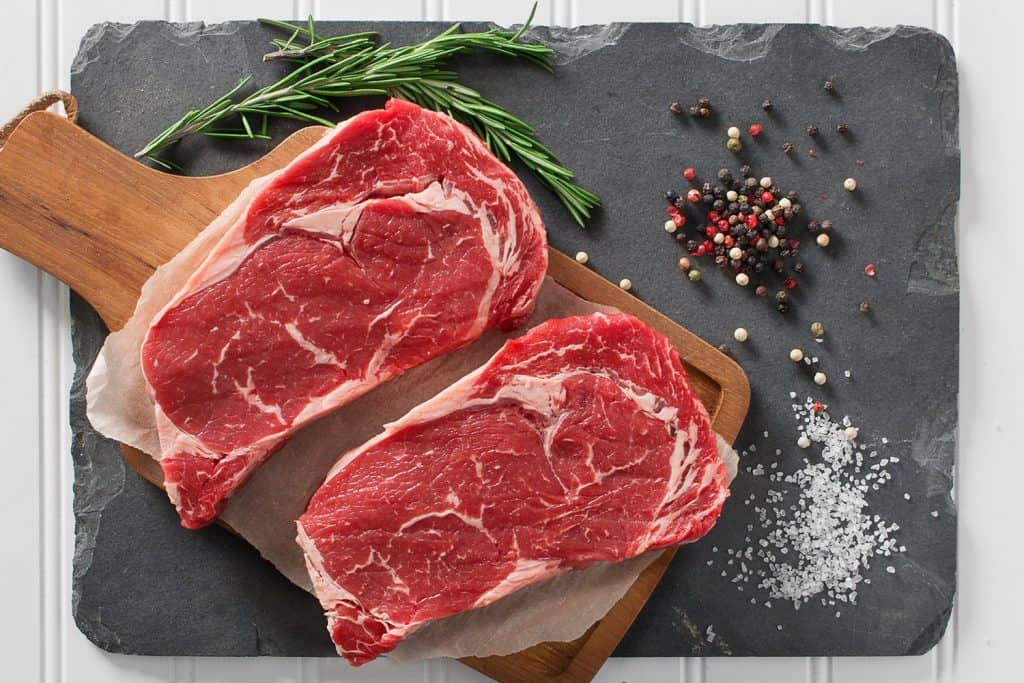
Why Greensbury Market for grass fed beef?
- Its cattle are raised on small, family-run farms where they enjoy a grass-fed and grass-finished diet. They freely roam and are fed only grass and forage for their entire lives.
- Its organic meat satisfies all USDA organic regulatory standards. This means our cattle have year-round access to the outdoors, are never subject to genetic engineering, are fed certified organic feed, and raised on certified organic land.
- Its bison is sourced from a family owned and operated ranch in Colorado whose core beliefs are “Always be ethical. Always be accountable. and Always be dependable.”; The bison are raised free-range, grass-fed and are never given antibiotics, hormones or other stimulants; For those looking for leaner meat, bison is leaner than beef and higher in protein. It is also a great source of vitamin B12, Zinc and Iron;
- Its organic meat and grass-fed beef are free of hormones, steroids, and antibiotics.
- Its seafood is sourced from oceans and fisheries that are certified sustainable by the Marine Stewardship Council (MSC) or rated either “Green” or “Yellow” by the Monterey Bay Aquarium Seafood Watch.
- They source their beef from Ohio and Texas, poultry from Virginia, bison from Colorado, pork from Pennsylvania, lamb from Colorado, finfish, like Halibut, from Alaska, and shellfish from Florida, Maine and South Carolina.
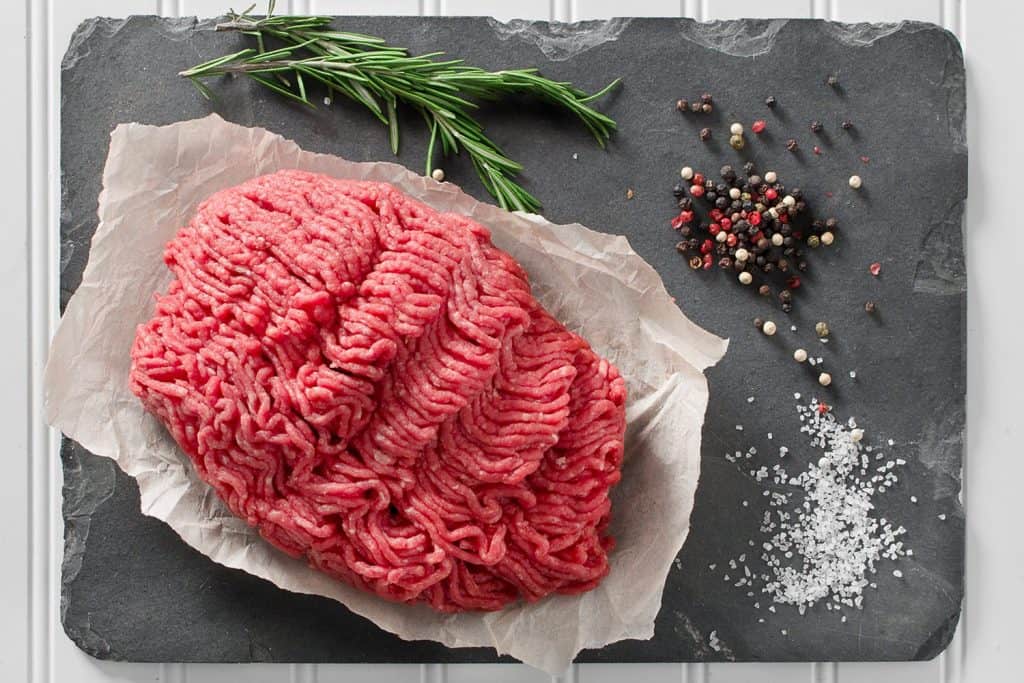
Photo credits: Greensbury Market
SUPPORT AMERICAN MADE. THESE POSTS HAVE TIPS THAT WILL HELP YOU DO JUST THAT.
What Does the Made in the USA Label Mean? Your Questions Answered.
Trying to Buy American? 3 Rules to Follow EVERY time you go Shopping
Ask your favorite stores to help you Buy American
Let’s buy American made gifts. We’ve got all the good ideas.
How to Avoid Tariffs: Buy American! Start Here

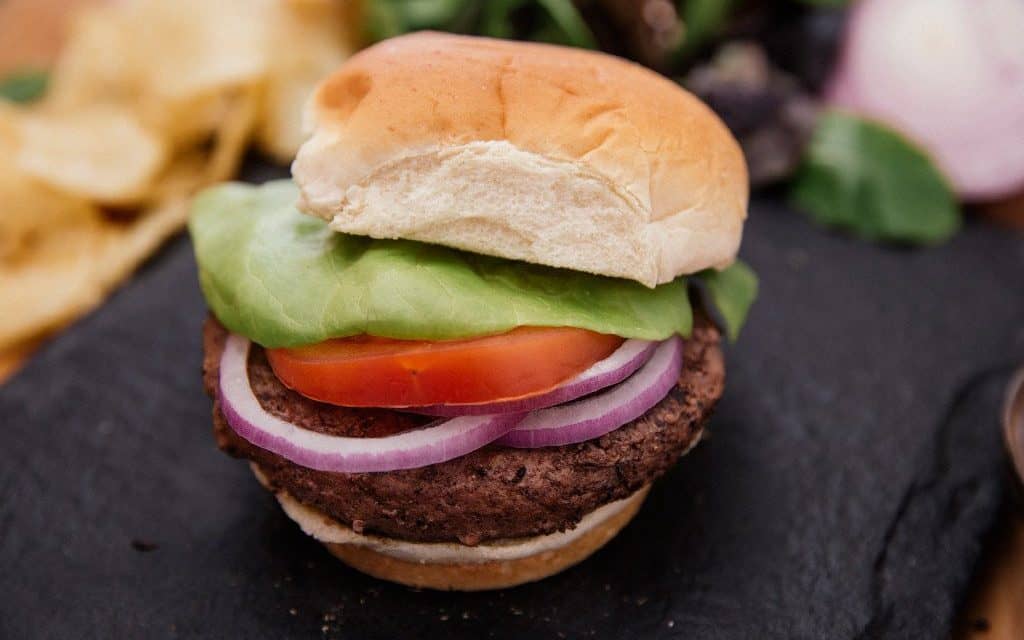

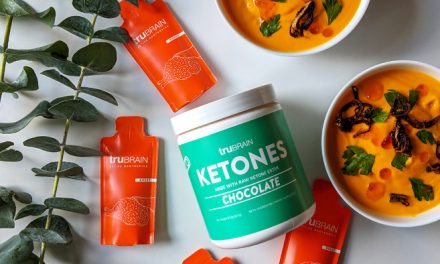


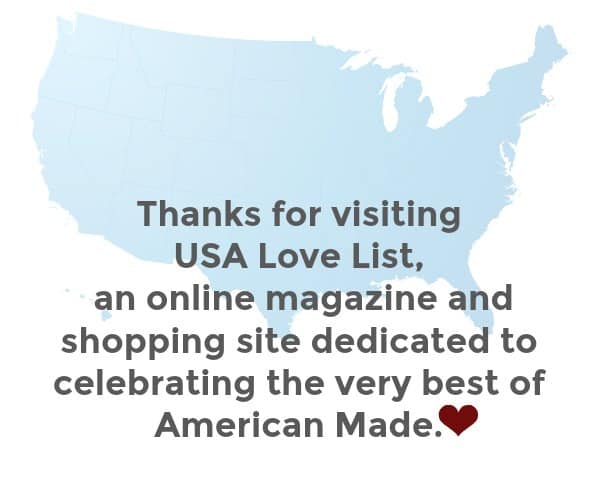





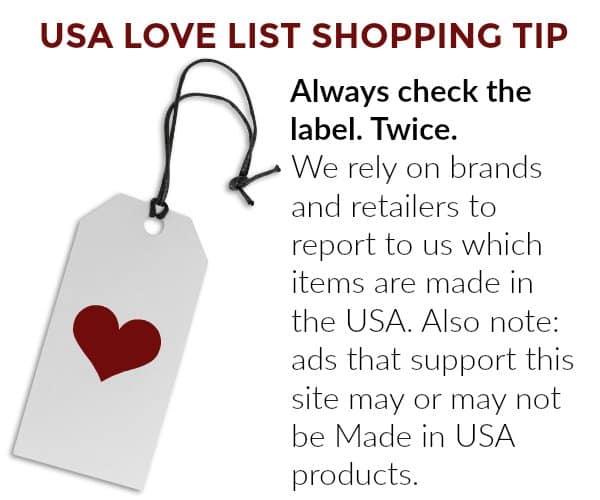
White Oak Pastures in Bluffton, GA does it best. They offer online purchase of organic range beef, pork, field raised poultry and more. They are the most humane operation I’ve found, especially because they process all animals on the farm, so animals are never trucked for process. 150 + year family farm.
I didn’t know there was extra health benefits to grass fed cows. I ‘ll have to give it a try since I’ve seen it in my local grocery store.
I have such a problem with the corn mega-industry, and as a result try to buy anything grass-fed, and try to avoid GMO corn altogether when buying corn products (corn meal and corn starch). Bravo ! Wish I’d sen this post before Father’s Day!
Thanks for sharing this — those antibiotics SOUND like a good idea at first, but then when you really examine the consequences, you wonder what the heck we are putting into our bodies!